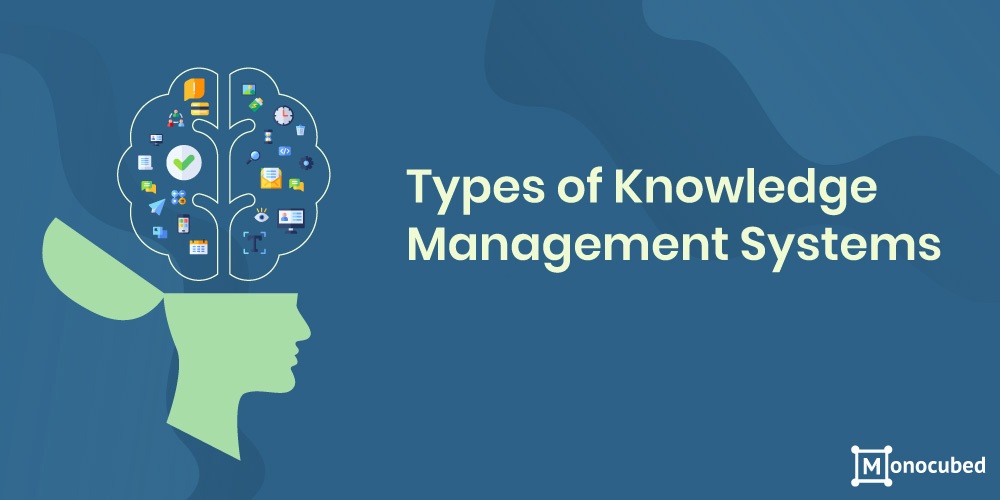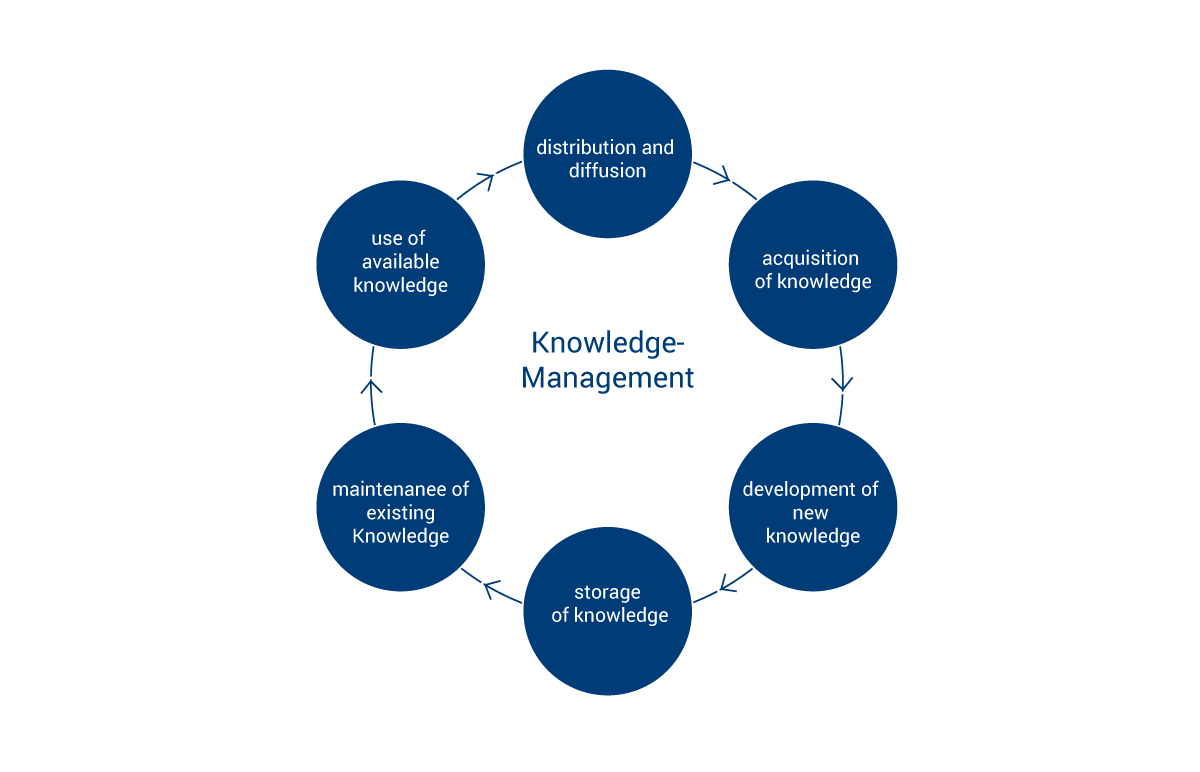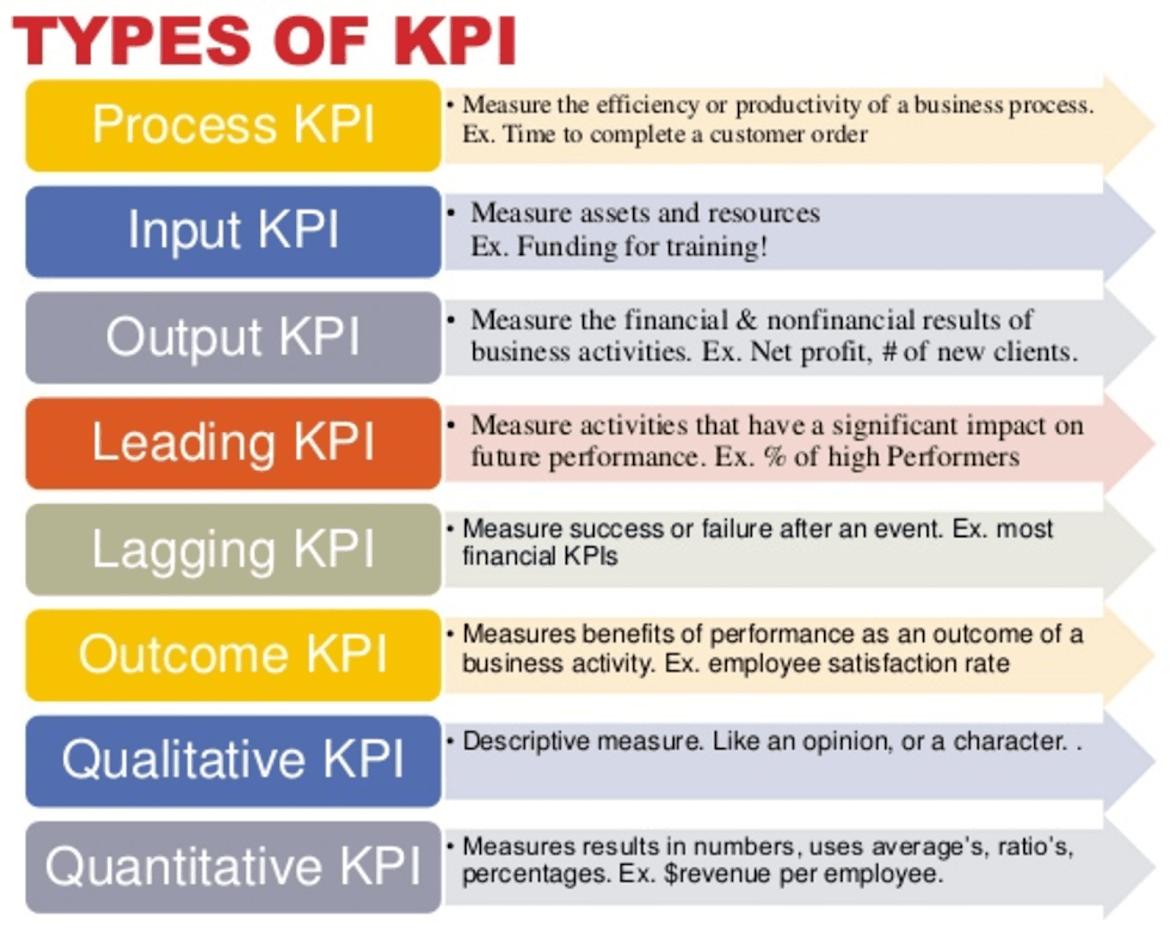Knowledge Management Presentation
| Introduction to Knowledge Management | ||
|---|---|---|
| Knowledge management is the process of capturing, organizing, and utilizing an organization's collective knowledge. It involves the systematic management of information, skills, and expertise to improve decision making and innovation. Effective knowledge management can enhance productivity, collaboration, and organizational learning. | ||
| 1 | ||
| Benefits of Knowledge Management | ||
|---|---|---|
| Knowledge management improves operational efficiency by enabling employees to access relevant information quickly and easily. It enhances decision making by providing accurate and up-to-date knowledge for problem-solving and strategic planning. Knowledge management fosters innovation by encouraging the sharing of ideas and best practices, driving continuous improvement. | ||
| 2 | ||
| Components of Knowledge Management | ||
|---|---|---|
| Knowledge creation: Encouraging employees to share their expertise, insights, and experiences to generate new knowledge. Knowledge capture: Systematically collecting and documenting valuable information and expertise, ensuring it is easily accessible. Knowledge organization: Categorizing and structuring knowledge to facilitate search, retrieval, and sharing. | ||
| 3 | ||
| Knowledge Management Processes | ||
|---|---|---|
| Knowledge acquisition: Gathering knowledge from internal and external sources, such as training, research, and customer feedback. Knowledge storage: Storing knowledge in databases, intranets, or other knowledge repositories for easy access and retrieval. Knowledge dissemination: Sharing knowledge through collaboration platforms, communities of practice, and training programs. | ||
| 4 | ||
| Tools and Technologies for Knowledge Management | ||
|---|---|---|
| Content management systems: Software that helps organize and store knowledge assets, such as documents, videos, and presentations. Intranets and portals: Platforms that enable employees to access and share knowledge within the organization. Collaboration tools: Applications that facilitate real-time communication, document sharing, and team collaboration. | ||
| 5 | ||
| Challenges of Knowledge Management | ||
|---|---|---|
| Resistance to knowledge sharing: Some employees may be reluctant to share their knowledge due to fear of losing job security or competitive advantage. Information overload: The abundance of information can make it difficult to identify and access relevant knowledge. Technology limitations: Inadequate or outdated tools and systems can hinder effective knowledge management. | ||
| 6 | ||
| Best Practices for Knowledge Management | ||
|---|---|---|
| Foster a culture of knowledge sharing and collaboration through incentives, recognition, and leadership support. Implement robust knowledge management processes and systems to ensure the capture, organization, and dissemination of knowledge. Provide training and support to employees to enhance their skills in knowledge management and encourage effective knowledge sharing. | ||
| 7 | ||
| Case Studies on Successful Knowledge Management | ||
|---|---|---|
| Company X improved customer service by implementing a knowledge management system that allowed employees to access relevant information quickly. Organization Y increased innovation by creating a knowledge-sharing platform that connected employees from different departments and locations. Company Z improved employee onboarding and training by developing a comprehensive knowledge base accessible to all new hires. | ||
| 8 | ||
| Key Performance Indicators for Knowledge Management | ||
|---|---|---|
| Knowledge retention rate: Measures the extent to which knowledge is retained within the organization over time. Knowledge reuse: Tracks the frequency at which knowledge is reused and applied to solve problems or develop new solutions. Employee engagement in knowledge sharing activities: Measures the level of employee participation in sharing knowledge and contributing to the organization's knowledge base. | ||
| 9 | ||
| Conclusion | ||
|---|---|---|
| Knowledge management is a strategic approach to leveraging an organization's collective knowledge to drive productivity, innovation, and decision making. By implementing effective knowledge management processes, organizations can enhance collaboration, improve operational efficiency, and foster a culture of continuous learning and improvement. Your third bullet | ||
| 10 | ||









